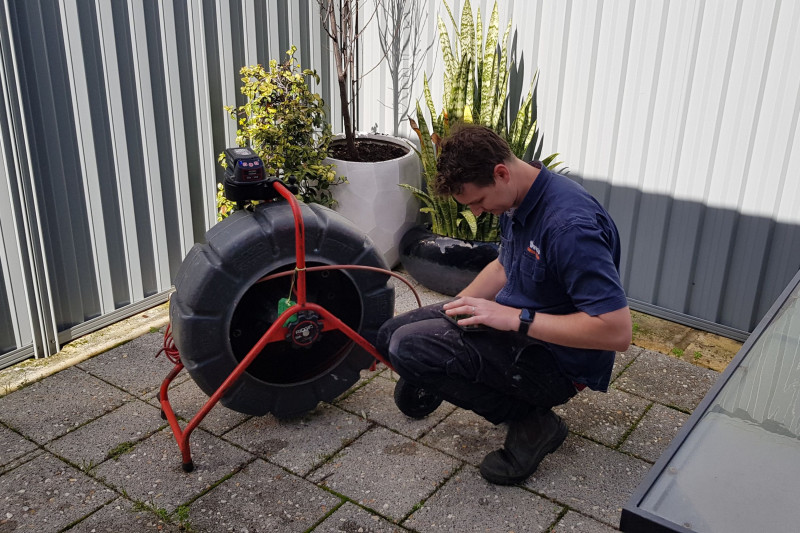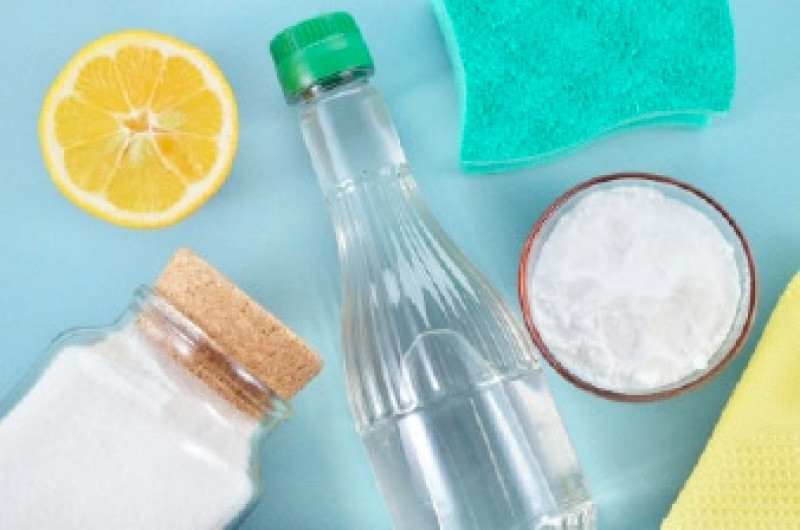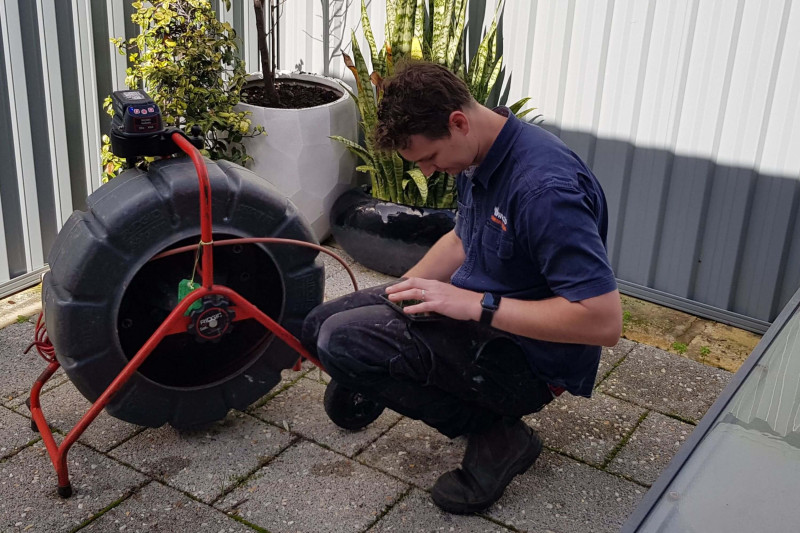Tree roots in your sewer lines can turn a peaceful weekend into a plumbing nightmare. You’re not alone if you’ve noticed slow drains, gurgling toilets, or that unmistakable sewage smell creeping into your home. Here in Perth, our sandy soils and abundant native trees create the perfect storm for root intrusion problems.
What dissolves tree roots in sewer lines effectively depends on the severity of the blockage and your pipe material. We’ll walk you through proven solutions, from DIY treatments to professional methods, plus the real costs you can expect in Perth and surrounding areas.
Early Warning Signs Your Sewer Lines Have Root Problems
Before we jump into solutions, let’s talk about spotting root invasion early. The sooner you catch it, the less you’ll spend on repairs.
Watch for these telltale signs:
- Slow-draining sinks and gurgling sounds from your toilet bowl
- Sewage backups during heavy Perth rains
- Unusually green patches in your lawn (these may signal a leaking sewer pipe that’s feeding nearby roots)
- Multiple drains blocking simultaneously
- Persistent blockages that keep returning after basic drain cleaning
Perth’s older suburbs like Fremantle and Victoria Park are particularly vulnerable. Many homes were built before current guidelines that recommend planting trees at least 1.5 metres from sewer laterals. Large, fast-growing trees with wide root systems pose a higher risk when planted close to sewer lines.
Chemical Solutions: What Actually Dissolves Tree Roots
Copper Sulfate Crystals
Copper sulfate remains one of the most common root-killing chemicals. You pour the blue crystals down your toilet, and they kill fine roots by absorption and create a temporary chemical barrier near pipe joints
Pros: Inexpensive and available at most hardware stores
Cons: Only treats the immediate area, and overuse may damage older pipes or harm surrounding soil and groundwater, so it must be used carefully.
Foaming Root Killers
Dichlobenil-based foaming products expand to coat the entire pipe circumference. Unlike crystals that settle in one spot, foam reaches all surfaces where tiny cracks might harbour root growth.
How it works: The foam clings to pipe walls, helping kill fine roots and reducing short-term regrowth.
Best for: Annual maintenance after mechanical root cutting or hydro jetting
Rock Salt Treatment
Some homeowners try rock salt as a DIY solution. While it can dehydrate roots through osmotic action, we don’t recommend this method. It’s not recommended by professionals due to potential pipe damage and limited effectiveness.
Professional Tree Root Removal Services
When chemical treatments aren’t enough, mechanical intervention becomes necessary.
Mechanical Root Cutting
Electric eels and specialised root saws physically shave roots from pipe walls. This provides immediate relief for emergency blockages, though roots typically regrow within 6-12 months.
When we recommend it: First-line treatment for sudden sewage backups
Hydro Jetting: The Heavy Artillery
Hydro jets blast away root balls, grease, and debris simultaneously. This method clears the entire pipe diameter and flushes everything downstream.
Perfect for: Blocked clay or earthenware pipes with significant root damage
Hydro jetting clears heavy root growth and debris, but must be performed by trained technicians to avoid damaging older clay pipes.
Lining a Sewer Pipe Cost vs Traditional Replacement
When multiple joints show root damage or your pipes have collapsed sections, you face a choice: dig up your garden or invest in trenchless pipe relining.
Pipe Relining Process
Modern pipe relining involves inserting an epoxy-soaked liner into your existing pipe. Once cured, it creates a smooth, joint-free surface that helps prevent future root intrusion.
When Relining Makes Sense
Consider pipe relining when:
- You have recurring root problems every 12-18 months
- CCTV inspection reveals multiple cracked joints
- Your clay pipes are 40+ years old
- Excavation would damage driveways, pools, or established gardens
The upfront investment in relining often proves more economical than repeated root cutting and the eventual need for full replacement.
Advanced Diagnostic Tools and Detection Methods
Modern root detection goes far beyond the old “guess and dig” approach. We use advanced equipment to pinpoint problems before they become plumbing emergencies.
CCTV Inspection Technology
Our CCTV camera inspections can provide real-time footage of the interior of your pipe. We can identify root entry points, assess pipe condition, and plan the most effective treatment approach.
What we look for:
- Tiny cracks where roots first enter
- Joint displacement from root pressure
- Pipe material condition and remaining lifespan
Smart Leak Detection
Some advanced leak-detection systems can identify small leaks that attract root growth, helping spot problems before they escalate.
Preventative Maintenance: Keeping Pipes Root-Free
Prevention beats expensive repairs every time. Here’s how to protect your sewer system from invasive tree roots:
Strategic Tree Placement
When planning new landscaping, consider mature tree size and root spread. Fast-growing species like Melaleuca can develop root systems that spread well beyond their canopy width. As a guide, trees should be planted well away from sewer lines, at least several metres for smaller trees and further for larger species.
Installing Root Barriers
Physical HDPE barriers redirect root growth away from underground pipes. While they require excavation during installation, root barriers provide long-term protection for new builds and major landscaping projects.
Annual CCTV Checks
Yearly pipe inspections catch minor root intrusions before they become major blockages. Early detection saves money and prevents the stress of emergencies down the line.
For properties with mature trees near sewer lines, annual inspections are particularly worthwhile.
Emergency warning signs requiring immediate attention:
- Sewage backing up through floor drains
- Multiple fixtures backing up simultaneously
- Strong sewage odours throughout the house
- Water pooling around your sewer drain
Environmental Considerations in Perth
Perth’s unique environment requires thoughtful approaches to root treatment. Our sandy soils drain quickly, but chemicals can still impact local waterways.
We follow strict environmental guidelines:
- Measured copper sulfate applications
- Biodegradable cleaning agents where possible
- Proper disposal of cut root material
- Protection of native vegetation during excavation
Still Not Sure Where to Start?
Get in touch with our team, and we can provide expert guidance on where to start and give you a quote on removing roots from drain pipes cost based on your situation.
Frequently Asked Questions
Copper sulfate crystals and foaming dichlobenil-based products effectively dissolve tree roots. Copper sulfate creates a toxic barrier that burns root tips, while foaming products coat the entire pipe surface. Both require proper dosing to avoid pipe damage.
Vinegar won't effectively dissolve established tree roots in sewer lines. While it's acidic, it lacks the concentration needed to kill mature root systems. Commercial root killers or professional mechanical removal are more reliable solutions.
Yes, when used correctly. Foaming root killers work better than crystal types because they contact the entire circumference of the pipe. However, they're most effective as maintenance after mechanical cutting, not as standalone solutions for severe blockages.
Plumbers use several methods: electric eels with root-cutting blades for immediate blockages, high-pressure hydro jetting to clear roots and debris, and CCTV cameras to locate entry points. Chemical treatments follow mechanical removal for longer-lasting results.



